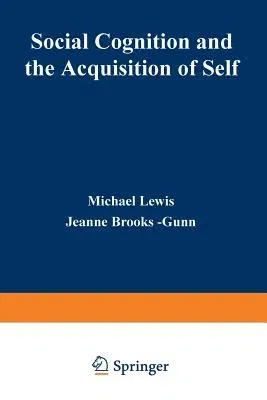Michael Lewis
(Author)Social Cognition and the Acquisition of Self (Softcover Reprint of the Original 1st 1979)Paperback - Softcover Reprint of the Original 1st 1979, 25 November 2012

Qty
1
Turbo
Ships in 2 - 3 days
In Stock
Free Delivery
Cash on Delivery
15 Days
Free Returns
Secure Checkout
Print Length
296 pages
Language
English
Publisher
Springer
Date Published
25 Nov 2012
ISBN-10
146843568X
ISBN-13
9781468435689
Description
Product Details
Author:
Book Edition:
Softcover Reprint of the Original 1st 1979
Book Format:
Paperback
Country of Origin:
NL
Date Published:
25 November 2012
Dimensions:
22.86 x
15.24 x
1.7 cm
ISBN-10:
146843568X
ISBN-13:
9781468435689
Language:
English
Location:
New York, NY
Pages:
296
Publisher:
Weight:
430.91 gm

